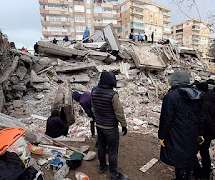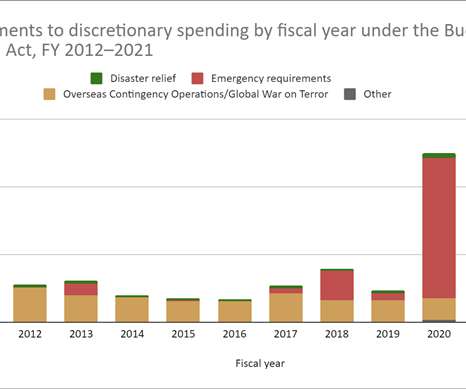Reflections on the Turkish-Syrian Earthquakes of 6th February 2023: Building Collapse and its Consequences
Emergency Planning
FEBRUARY 8, 2023
Most of them are highly vulnerable to seismic forces. Natural Hazards and Earth System Sciences 15: 931-945. Natural Hazards 109: 161-200. It is a mixture of simple errors, lax procedures, ignorance, deliberate evasion, indifference to public safety, untenable architectural fashions, corruption and failure to enforce the codes.











Let's personalize your content